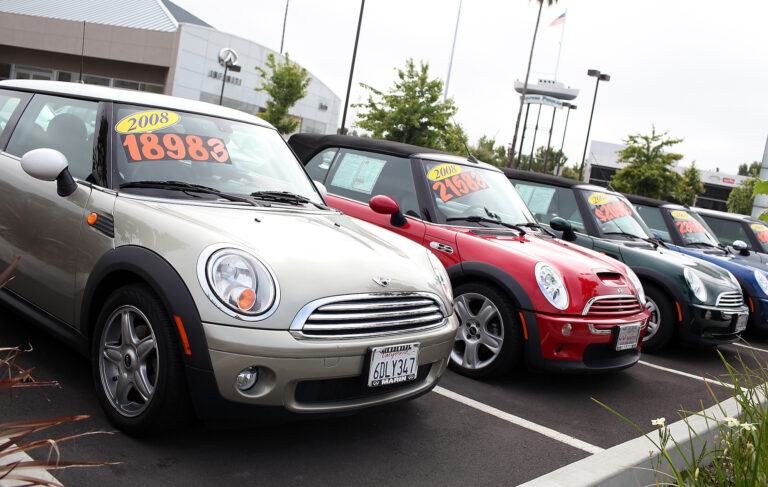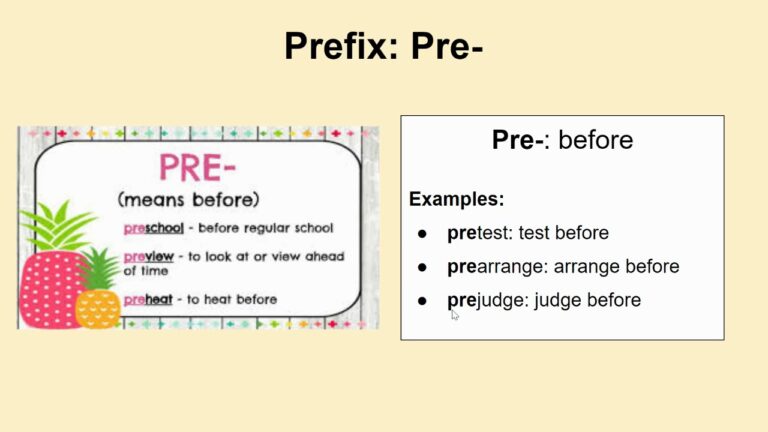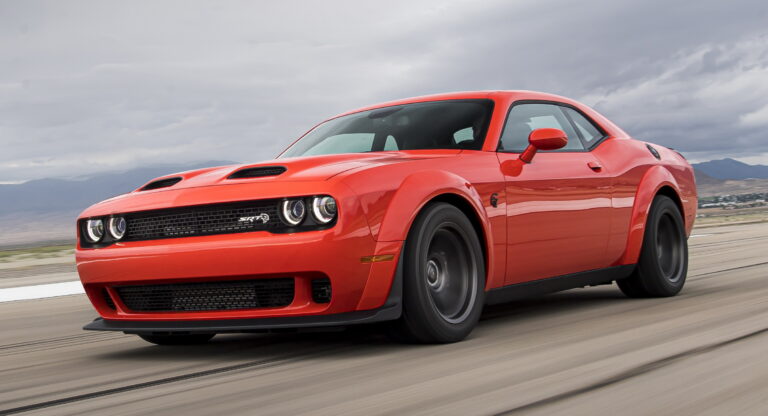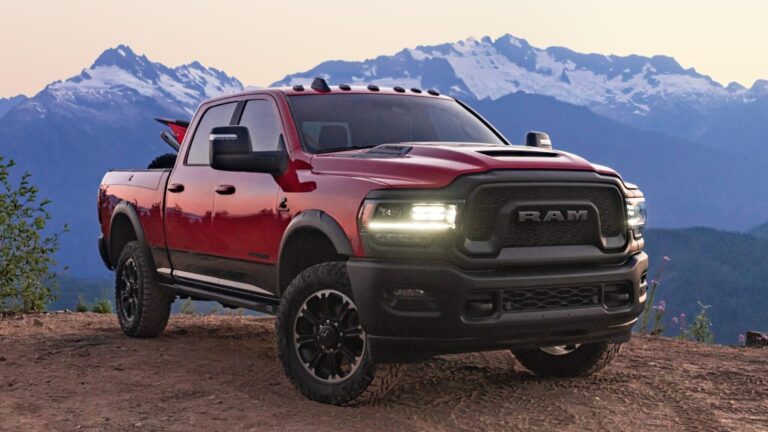1986 Ford Trucks For Sale: Unearthing a Timeless American Classic
1986 Ford Trucks For Sale: Unearthing a Timeless American Classic cars.truckstrend.com
In the vast landscape of automotive history, few vehicles hold the enduring appeal and rugged charm of the 1986 Ford truck. More than just a mode of transport, these machines represent an era of no-nonsense utility, robust engineering, and a distinctive square-body aesthetic that continues to captivate enthusiasts and practical owners alike. If you’re currently in the market for a vintage pickup or a capable workhorse that stands apart from modern offerings, exploring 1986 Ford trucks for sale could lead you to a truly rewarding acquisition.
This comprehensive guide will delve into what makes these vehicles so special, what to look for when buying, potential challenges, and how to navigate the market to find your perfect 1986 Ford truck.
1986 Ford Trucks For Sale: Unearthing a Timeless American Classic
Why the 1986 Ford Truck Holds Timeless Appeal
The year 1986 marked a significant point in the lineage of Ford’s iconic F-Series. It was the final year of the beloved seventh-generation F-Series (1980-1986), often affectionately referred to as the "bullnose" generation due to its distinctive grille and front-end design. This particular model year offers a unique blend of vintage aesthetics and mechanical simplicity that resonates with a broad audience:
- Nostalgia and Character: For many, the 1986 Ford truck evokes a sense of nostalgia, reminding them of a simpler time, family adventures, or the work ethic of past generations. Its classic lines and no-frills interior exude a character rarely found in contemporary vehicles.
- Built Ford Tough: These trucks were engineered for durability and longevity. With fewer complex electronic systems compared to modern vehicles, they are often easier to diagnose and repair for the DIY mechanic. Their robust frames and powertrains were designed to withstand heavy use.
- Mechanical Simplicity: The 1986 models were predominantly carbureted, representing the tail end of that era before widespread fuel injection. This translates to simpler maintenance and a mechanical accessibility that appeals to those who enjoy working on their own vehicles.
- Versatility: Whether you’re looking for a reliable daily driver, a weekend cruiser, a dedicated work truck, or a foundation for a custom build, the 1986 Ford truck’s versatility is unmatched.
- Growing Collector’s Market: Well-preserved or expertly restored examples of 1986 Ford trucks are increasingly sought after, with values appreciating steadily. This makes them not just a functional purchase but potentially a sound investment.

Key Models of 1986 Ford Trucks
When searching for a 1986 Ford truck, you’ll primarily encounter a few core models, each with its own strengths:
- Ford F-Series (F-150, F-250, F-350): These are the workhorses.
- F-150: The most common and versatile, available in various configurations (regular cab, SuperCab, long bed, short bed, 2WD, 4WD). Ideal for light hauling, daily driving, or customization.
- F-250: A heavy-duty option, offering increased payload and towing capacity. Often found with larger engines.
- F-350: The stoutest of the F-Series, designed for maximum towing and hauling, often with dual rear wheels (dually).
- Common Engine Options: 300 cubic inch (4.9L) inline-six (renowned for reliability and torque), 302 ci (5.0L) V8, 351W ci (5.8L) V8, 460 ci (7.5L) V8 (for heavy duty), and the robust 6.9L International Harvester IDI (Indirect Injection) diesel V8.
- Transmission Options: Manual (4-speed or 5-speed overdrive) and automatic (C6 or AOD overdrive).
- Trim Levels: Custom (basic), XL, XLT Lariat (top-tier with more features).

- Ford Bronco: Based on the F-150 chassis, the 1986 Bronco is a full-size SUV known for its iconic removable fiberglass hardtop. It offers a blend of off-road capability and passenger comfort, sharing many engine and transmission options with the F-150.
- Ford Ranger: For those seeking a smaller, more fuel-efficient option, the 1986 Ranger compact pickup is a great choice. It was available with various inline-four and V6 gasoline engines, as well as a small diesel.
What to Look For When Buying a 1986 Ford Truck
Purchasing a vintage vehicle requires a keen eye and thorough inspection. Here are critical areas to scrutinize:
- Rust: This is the primary enemy of older Fords. Check wheel wells, rocker panels, cab corners, bed floors, tailgate, and especially the frame rails. Surface rust can be managed, but widespread structural rust is a major red flag and costly to repair.
- Engine Condition: Look for oil leaks, listen for unusual noises (knocking, ticking), and check for excessive smoke from the exhaust (blue for oil, white for coolant, black for rich fuel). Ensure the carburetor functions correctly (idle, acceleration, choke operation).
- Transmission & Drivetrain: Test drive to ensure smooth shifting in automatics, no slipping, and proper engagement in manuals. For 4×4 models, test the transfer case and front axle engagement. Check U-joints for play.
- Suspension & Steering: Look for worn bushings, ball joints, tie rods, and leaf springs. Excessive play in the steering wheel indicates worn steering box components or linkage.
- Brakes: Check for a firm pedal, even braking, and no pulling. Inspect lines and calipers for leaks.
- Interior: While wear is expected, look for major dash cracks, torn seats, sagging headliners, and ensure all gauges, lights, and HVAC controls function.
- Electrical System: Test all lights (headlights, tail lights, turn signals), wipers, radio, and any power accessories. Old wiring can be brittle and problematic.
- Documentation: Service records, previous ownership history, and a clear title are invaluable.
Common Challenges & Solutions
Owning a 1986 Ford truck comes with a few predictable quirks, but most have straightforward solutions:
- Carburetor Issues: Rough idle, stalling, poor fuel economy are common. Solutions range from a simple tune-up or rebuild to an aftermarket electronic fuel injection (EFI) conversion for improved reliability and efficiency.
- Vacuum Leaks: The intricate vacuum lines that control various engine functions can become brittle and crack with age. This leads to poor performance and emissions. Regular inspection and replacement of suspect lines are key.
- Steering Play: A common complaint, often due to a worn steering box, loose rag joint, or worn tie rod ends. These are all replaceable components.
- Rust Management: For minor rust, wire brushing and rust encapsulating paints can buy time. For significant rust, professional bodywork or replacement panels are necessary. Proactive rust prevention (washing, waxing, rustproofing) is vital.
- Fuel System Compatibility: Older rubber fuel lines can degrade due to modern ethanol-blended gasoline. Replacing lines with ethanol-resistant materials is a wise preventative measure.
Restoration Project vs. Daily Driver
Decide on your intent before buying:
- Restoration Project: Ideal if you have the budget, time, and either the skills or resources for a significant undertaking. The reward is a vehicle tailored to your exact specifications, potentially with increased value. Be prepared for costs that can easily exceed the truck’s initial purchase price.
- Daily Driver: If you need a reliable classic for regular use, prioritize mechanical soundness over cosmetic perfection. Expect ongoing maintenance, as even a well-maintained 38-year-old vehicle will require more attention than a new one. The charm of driving a classic daily is undeniable.
Where to Find 1986 Ford Trucks For Sale
The market for these trucks is robust, offering several avenues for your search:
- Online Marketplaces: Craigslist, Facebook Marketplace, eBay Motors, AutoTrader Classics, and Hemmings are popular platforms. Be cautious of scams and always verify listings.
- Specialized Forums & Clubs: Ford truck enthusiast forums (e.g., Ford-Trucks.com) often have classified sections where members sell well-maintained vehicles.
- Classic Car Dealerships: These dealers often have higher-quality, thoroughly inspected vehicles, but prices will reflect the premium service and condition.
- Auctions: Online (Bring a Trailer, Cars & Bids) and live auctions (Mecum, Barrett-Jackson) can yield unique finds, but require quick decision-making and a clear budget.
- Local Classifieds & Word of Mouth: Sometimes the best deals are found locally through newspaper ads or simply by asking around.
Tips for a Successful Purchase
- Do Your Research: Understand common issues, market values for different conditions, and specific model variations.
- Thorough Inspection: Never buy sight unseen. Bring a knowledgeable friend or professional mechanic to inspect the vehicle, especially for rust and mechanical issues.
- Test Drive: Pay attention to engine sounds, transmission shifting, brake feel, and steering response. Test all gears, including reverse, and the 4WD system if applicable.
- VIN Check: While less comprehensive for older vehicles, a VIN check can sometimes reveal accident history or title issues.
- Budget for Post-Purchase Work: Very few 1986 trucks will be perfect. Anticipate needing to address immediate maintenance items like fluid changes, tune-ups, or minor repairs.
- Negotiate: Don’t be afraid to haggle. Use any discovered flaws as leverage for a lower price.
Pricing Guide: 1986 Ford Trucks For Sale
The price of a 1986 Ford truck can vary wildly based on model, engine, trim, mileage, geographic location, and most importantly, condition. This table provides a general range:
| Model & Configuration | Condition: Parts/Project | Condition: Fair/Driver | Condition: Good/Solid Driver | Condition: Excellent/Show Quality |
|---|---|---|---|---|
| F-150 (2WD, I6/302) | $1,000 – $3,000 | $3,500 – $7,000 | $7,500 – $12,000 | $13,000 – $25,000+ |
| F-150 (4WD, V8) | $1,500 – $4,000 | $4,500 – $9,000 | $9,500 – $15,000 | $16,000 – $30,000+ |
| F-250/F-350 (V8/Diesel) | $1,500 – $5,000 | $5,000 – $10,000 | $10,500 – $18,000 | $19,000 – $35,000+ |
| Ford Bronco (V8) | $2,000 – $6,000 | $6,500 – $12,000 | $12,500 – $22,000 | $23,000 – $45,000+ |
| Ford Ranger (2WD/4WD) | $500 – $2,000 | $2,500 – $5,000 | $5,500 – $9,000 | $9,500 – $18,000+ |
- Parts/Project: Extensive rust, non-running, missing components. Suitable for restoration or parts donor.
- Fair/Driver: Runs and drives, but has significant cosmetic flaws, minor mechanical issues, or moderate rust. Usable, but needs work.
- Good/Solid Driver: Mechanically sound, minimal rust, presentable paint and interior. Could be used daily with minor issues.
- Excellent/Show Quality: Near-flawless, often restored or exceptionally well-preserved original. Little to no rust, perfect paint, immaculate interior, runs perfectly.
Frequently Asked Questions (FAQ)
Q: Are parts readily available for 1986 Ford trucks?
A: Yes, generally. Due to their popularity and long production run, many mechanical and common body parts for the F-Series and Bronco are still widely available from aftermarket suppliers, junkyards, and even some Ford dealerships. Interior trim and specific small parts can be harder to find.
Q: Can I use modern unleaded fuel in a 1986 Ford truck?
A: Yes, but with some considerations. The engines are designed for unleaded fuel. However, modern gasoline, especially with higher ethanol content, can degrade older rubber fuel lines. It’s advisable to inspect and replace old rubber lines with ethanol-resistant ones. Some owners also use fuel additives as a preventative measure.
Q: Are 1986 Ford trucks good on gas?
A: Compared to modern vehicles, generally no. The 300 inline-six offers the best fuel economy, often in the mid-teens MPG. The V8s and especially the 460 V8 will be in the single digits to low teens. The 6.9L diesel can offer better economy, typically in the high teens.
Q: What’s the difference between a "bullnose" and "bricknose" Ford truck?
A: These terms refer to the front-end styling. The "bullnose" refers to the 1980-1986 F-Series (like the 1986 model), characterized by its prominent, often recessed, grille and squared-off headlights. The "bricknose" refers to the slightly redesigned 1987-1991 F-Series, which featured a more flush, aerodynamic grille and composite headlights.
Q: Can I convert a carbureted 1986 Ford truck to fuel injection?
A: Yes, aftermarket EFI conversion kits are available for popular Ford engines (like the 302, 351W, 460, and 300 I6). These kits can significantly improve starting, idle quality, fuel economy, and overall drivability.
Q: Are these trucks safe to drive today?
A: While they lack modern safety features like airbags, ABS, and crumple zones, a well-maintained 1986 Ford truck with good tires, brakes, and steering is generally safe for everyday driving. Driving defensively and understanding its limitations compared to newer vehicles is key.
Conclusion
The appeal of 1986 Ford trucks for sale extends far beyond simple transportation. They are a tangible piece of American automotive history, embodying a spirit of rugged individualism and reliable performance. Whether you’re drawn to their classic "bullnose" aesthetics, their mechanical simplicity, or their potential as a customizable platform, purchasing one of these venerable machines is an investment in character and a connection to a bygone era.
With careful research, a thorough inspection, and a clear understanding of your goals, you can navigate the market and find a 1986 Ford truck that not only meets your needs but becomes a cherished part of your life’s journey. Happy hunting!






